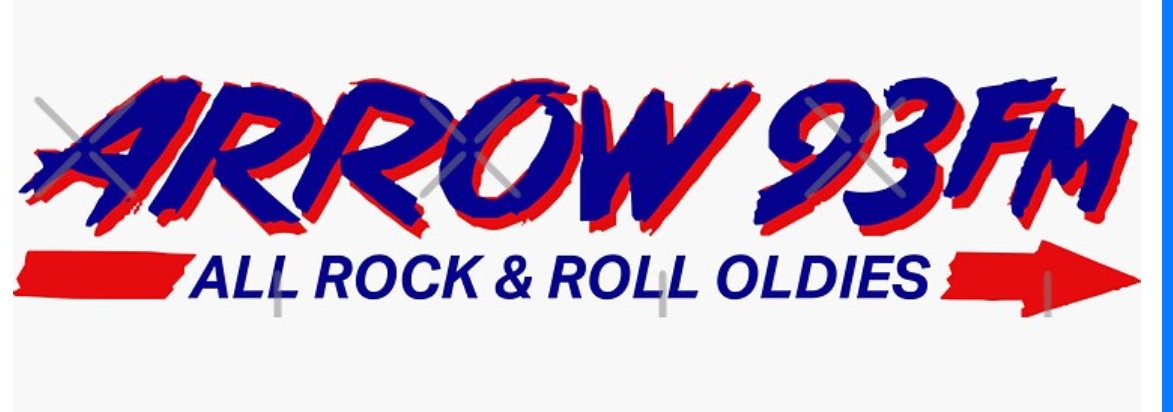In the dynamic world of media, where traditional and digital platforms compete for consumers’ attention, thinking like a chess player can offer valuable insights. Let’s explore this concept further:
Strategic Thinking: Chess is a game of strategy, where each move has consequences and impacts the overall game. Similarly, in media, strategic thinking is crucial. Content creators, marketers, and media companies must plan their moves carefully, considering long-term goals, audience preferences, and market trends. Just as a chess player anticipates their opponent’s moves, media professionals need to anticipate industry shifts and adapt their strategies accordingly.
Positional Awareness: In chess, understanding the position of each piece on the board is essential. Similarly, media professionals must be aware of their position in the market. Are they a challenger, a leader, or a disruptor? Knowing where you stand allows you to make informed decisions about content creation, distribution channels, and audience targeting.
Risk Management: Chess players evaluate risks before making a move. Similarly, media professionals must assess risks associated with new ventures, technological advancements, or content experiments. Balancing risk and reward is critical for success. Just as a chess player sacrifices a pawn to gain a strategic advantage, media professionals may need to take calculated risks to stay ahead.
Adaptability: Chess players adapt their strategies based on their opponent’s moves. Similarly, media professionals must be agile and adaptable. The media landscape evolves rapidly, with emerging platforms, changing algorithms, and shifting consumer behaviors. Being flexible and open to change is essential for survival.
Thinking Ahead: Chess players think several moves ahead, considering various scenarios. In media, foresight is crucial. What trends will shape the industry? How can you position yourself for success in the future? Anticipating industry shifts and planning accordingly is akin to planning a winning chess strategy.
Resource Allocation: Chess players allocate their resources (pieces) strategically. In media, resource allocation involves budgeting, staffing, and content production. Efficiently using resources ensures sustainable growth and competitive advantage.
Endgame Perspective: Chess players focus on the endgame—the final moves that lead to victory. Similarly, media professionals should have a clear vision of their desired outcomes. Whether it’s audience engagement, brand loyalty, or revenue growth, understanding the endgame helps guide decision-making.
In summary, competing in media today requires thinking like a chess player: strategic, adaptable, forward-thinking, and aware of the bigger picture. With the advent of technology, the power of social media, and the game’s influence as a cultural phenomenon, media professionals can learn valuable lessons from the chessboard1. 📺🎙️📊📈
Remember, just as in chess, success in media involves a combination of skill, intuition, and calculated moves. Keep your eyes on the board, anticipate your opponent’s moves, and play to win! ♟️🎯📡🌐
Real World Application
A real-world example of media strategy using chess principles.
Imagine a scenario involving a streaming service company, “StreamFlix,” which competes in the crowded market of online video content. Here’s how they can apply chess-inspired strategies:
Positional Awareness:
StreamFlix assesses its position in the market. It recognizes that it’s a challenger, competing against giants like Netflix and Amazon Prime Video.
Instead of directly attacking the opponent’s strengths, StreamFlix focuses on niche audiences. It identifies gaps in content (e.g., underserved genres, regional content) and positions itself accordingly.
Strategic Moves:
Just as chess players plan their moves, StreamFlix plans its content library. It strategically acquires exclusive rights to popular shows and movies, ensuring a strong opening move.
It also invests in original content (like Netflix’s “Stranger Things” or Amazon’s “The Marvelous Mrs. Maisel”) to create a unique selling proposition.
Risk Management:
StreamFlix evaluates risks associated with content production. It knows that not every show will be a hit. Some might fail (like sacrificing a pawn in chess), but it’s part of the game.
It diversifies its content portfolio to mitigate risks. For instance, it produces documentaries, reality shows, and scripted series.
Adaptability:
The media landscape evolves rapidly. StreamFlix adapts to changing viewer preferences, technological advancements, and industry trends.
When streaming quality becomes crucial, it invests in high-definition streaming and user-friendly interfaces.
Thinking Ahead:
StreamFlix anticipates industry shifts. It observes competitors’ moves (like a chess player studying their opponent) and adjusts its strategy.
It predicts the rise of mobile streaming and invests in mobile app development.
Resource Allocation:
Just as chess players allocate pieces wisely, StreamFlix allocates resources efficiently. It budgets for content production, marketing, and infrastructure.
It avoids overspending on non-essential areas.
Endgame Perspective:
StreamFlix’s endgame is subscriber retention and growth. It aims to build a loyal audience base.
It uses data analytics (like analyzing chess endgames) to understand viewer behavior, reduce churn, and improve recommendations.
In summary, StreamFlix competes strategically by thinking like a chess player. It doesn’t blindly follow trends but makes calculated moves. By understanding its position, managing risks, and planning for the long term, StreamFlix aims to checkmate its competitors in the media landscape.




